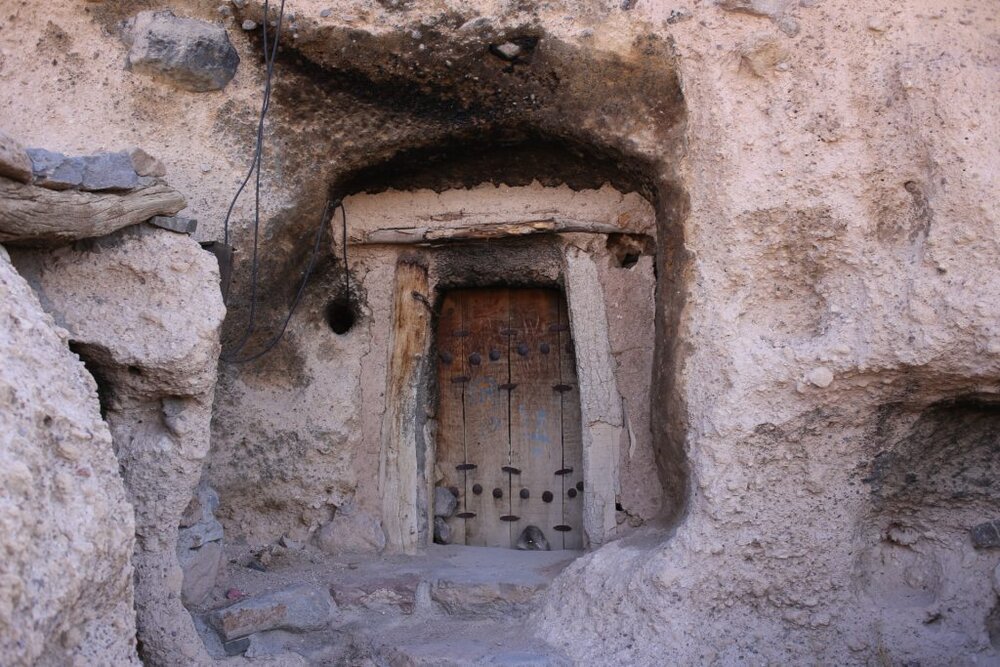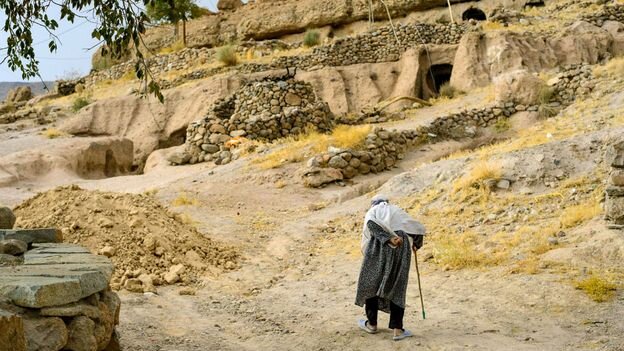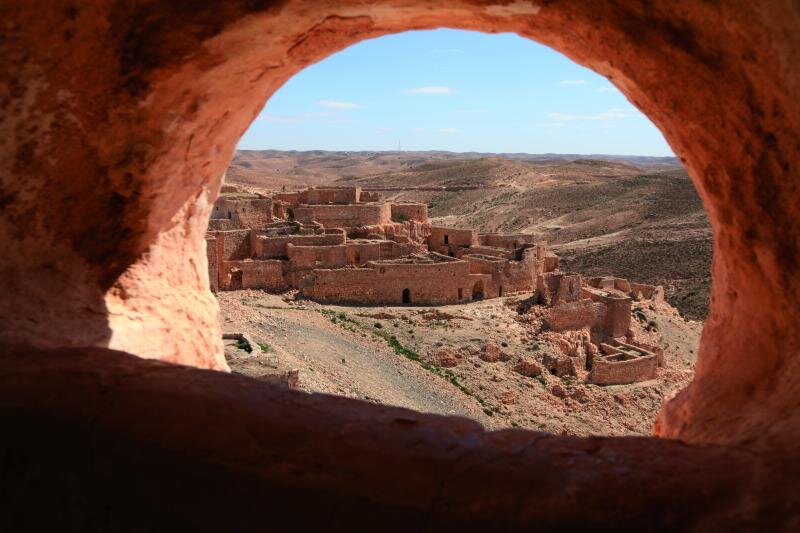Iran (IMNA) - The troglodyte refers to a type of architecture in which the process of reducing space is used to create architectural space.
In other words, contrary to what can be achieved for the required space, in ordinary architecture by stacking materials, in the troglodyte architecture, these spaces are the result of digging parts of a mass and full volume.
For this reason, the creation of this work is called reduction architecture and in texts of the Architecture science, it is called Troglodytic Architecture in Latin.

In the city of Faridan, and especially in its villages, because of the conditions provided by the available soil and land, troglodytes are found in abundance, and usually each tribe had a troglodyte. There are no reliable documents about the antiquity of these works, but according to the excavations and the opinion of archaeologists, the antiquity of these works, dates back to the Safavid period.
So far, about 500 troglodytes have been identified in the city of Faridan. Of these, four are unique troglodytes, which are the handicrafts of Damaneh city, the troglodytes of Moghan village, the troglodyte of Ghohk village and the troglodytes of Savaran village.
Troglodyte of Moghan village is located near Palasjan river and inside Moghan village. Moghan village is located 20 km from Faridan and 140 km west of Isfahan.
One of the most important reasons for the significance of this place is its class architecture. In a way, this troglodyte is built on 4 floors and has 9 entrances, of which 4 entrances have been accurately identified so far. The air conditioning of these four floors is done by a ventilation well that passes through all four floors.

The underground city has 9 entrances, the entrance for travelers and visitors starts from the second floor, from the entrance stairs we go down, a corridor with a narrow opening on the left can be seen and a little snake path turns to the corridor reaches the second floor where the space is brighter.
Inside the corridor, the second floor of the barns is visible. In the center of this corridor, there is a deep well that was used to supply drinking water to the residents and their livestock.
Also, in this part of the second-floor corridor, there is a staircase that leads the viewers to the third floor. In the middle of this corridor, there is an air conditioning well, which shows the ability of the traditional and masterful architects of that time.
To the right of the end of the second-floor hall is a room that, when we enter, at the end of the room we see a hole which is said to be connected to adjacent troglodytes.
Passing through this narrow corridor, we see the third floor, whose roof is different from the other floors, so that the roof of this floor is stronger than the roof of the other floors. There is a water well at the end of this floor, also in the walls of this there is a small booth for storing weapons and ammunition.
At the end of the corridor of the second floor, which is larger than the other floors, there are small steps that lead the viewer to the first floor. In this floor, we see another of the nine entrances of this underground troglodyte, and then passing through the entrance, a place for residents to rest is seen.
The architecture of this floor is similar to other floors, but compared to other floors, it has slightly more left and right axis rooms. There is a corridor between this floor that leads to the fourth floor.
This underground troglodyte, which has an area of over 3,000 meters, has been built in the past to deal with natural disasters, as well as the invasion of enemies and the attack of predators. Due to the climatic conditions of the city of Faridan, which has very cold winters, the existence of these troglodytes was necessary to save the lives of the troglodyte makers and their livestock.
Another feature of this underground handicraft is the presence of cool summers and warm winters in its environment. Due to the construction of this troglodyte in the depths of the earth, its air temperature is always around 18 degrees, so in different periods, especially in winter, it did not need fuel for heat.

Tehrantimes


Your Comment